As the Scandinavians know all too well, simplicity comes naturally. The Scandinavian style is a testament to this with a distinct feel that emphasizes the organic beauty of nature. Although it is part of modernism, Scandinavian interior design is often considered a style unto itself. It is most notable for its uncomplicated functionality and is a great option for those of us who just want a home that looks as good as it works.
Scandi design was born as a direct rejection of the authoritarian obelisks of bare concrete and steel that had come to dominate the skyline of many European cities by the 1940s. As such, it represented an attempt to bring a natural, minimal, and individual-focused aesthetic into modern interior design and architecture. While the Scandinavian style was relatively unknown outside of the Nordic countries before the 1950s, it has since become an international phenomenon. Scandi design has become so widespread that it has combined with similar design trends to produce the Japandi interior design style.
Scandinavian style design has grown significantly in popularity, especially in the 2010s, and can be found in homes all over the world.
Roots of Scandinavian Style
In the wake of two world wars, there was a popular sentiment especially in Europe that modernism was taking civilization away from nature and stripping away individualism in favor of a philosophy that treated each person as a standard unit.
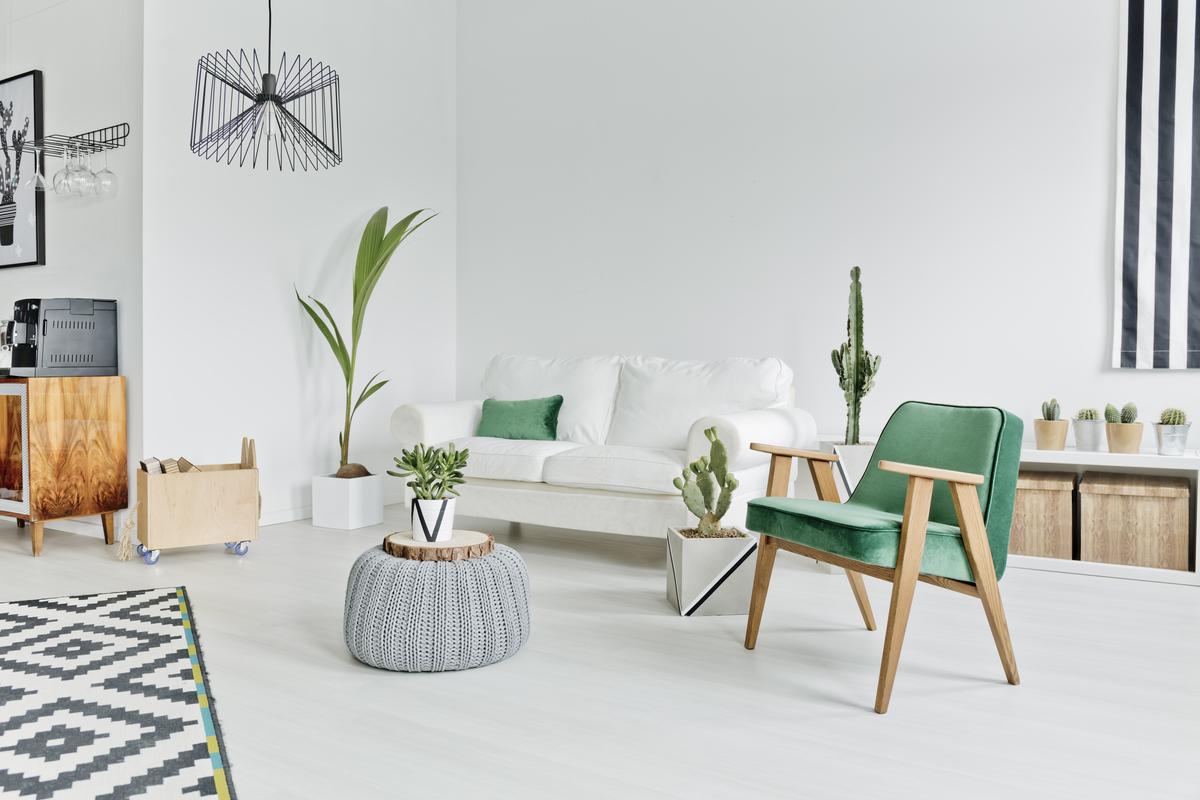
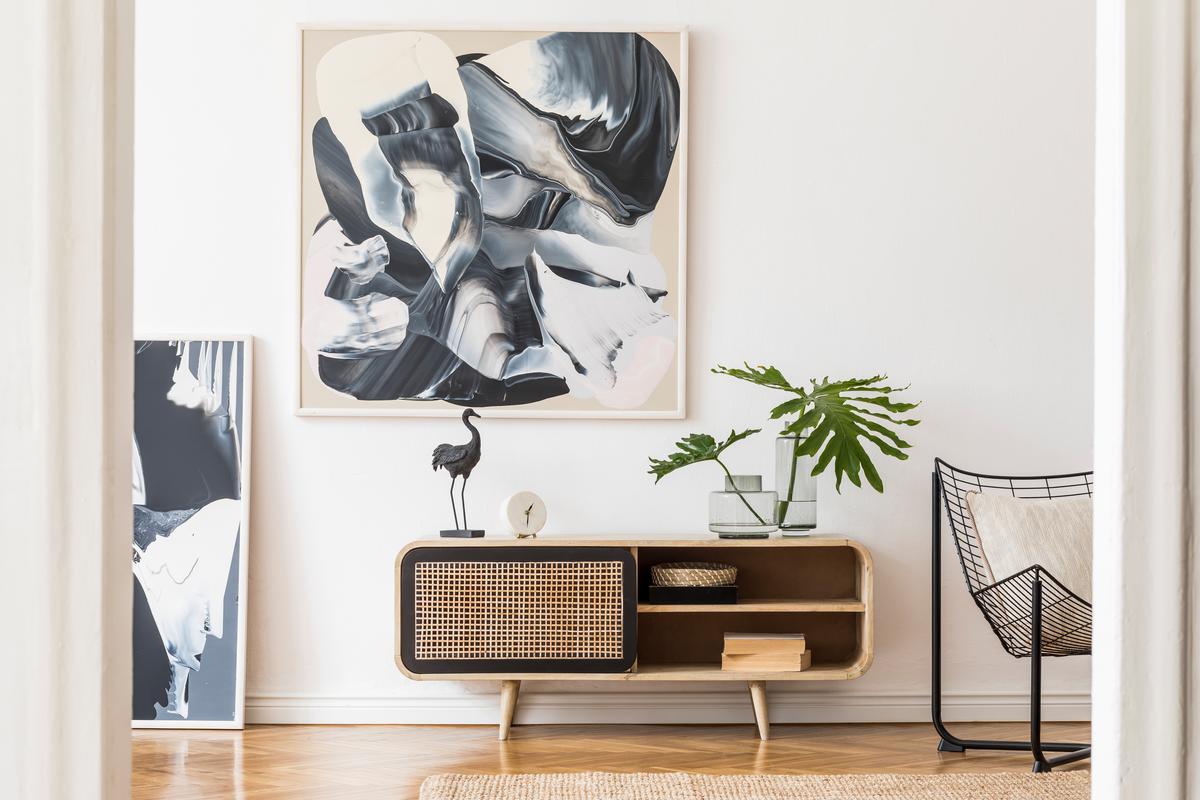

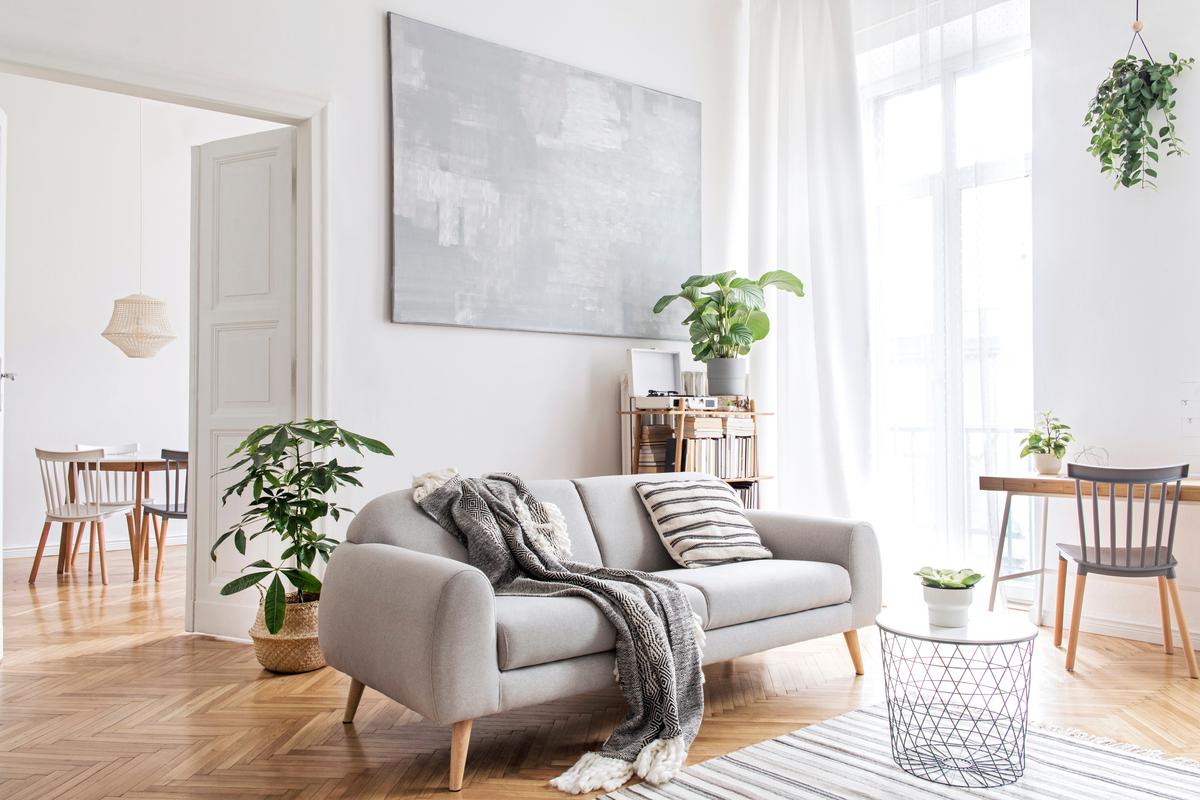
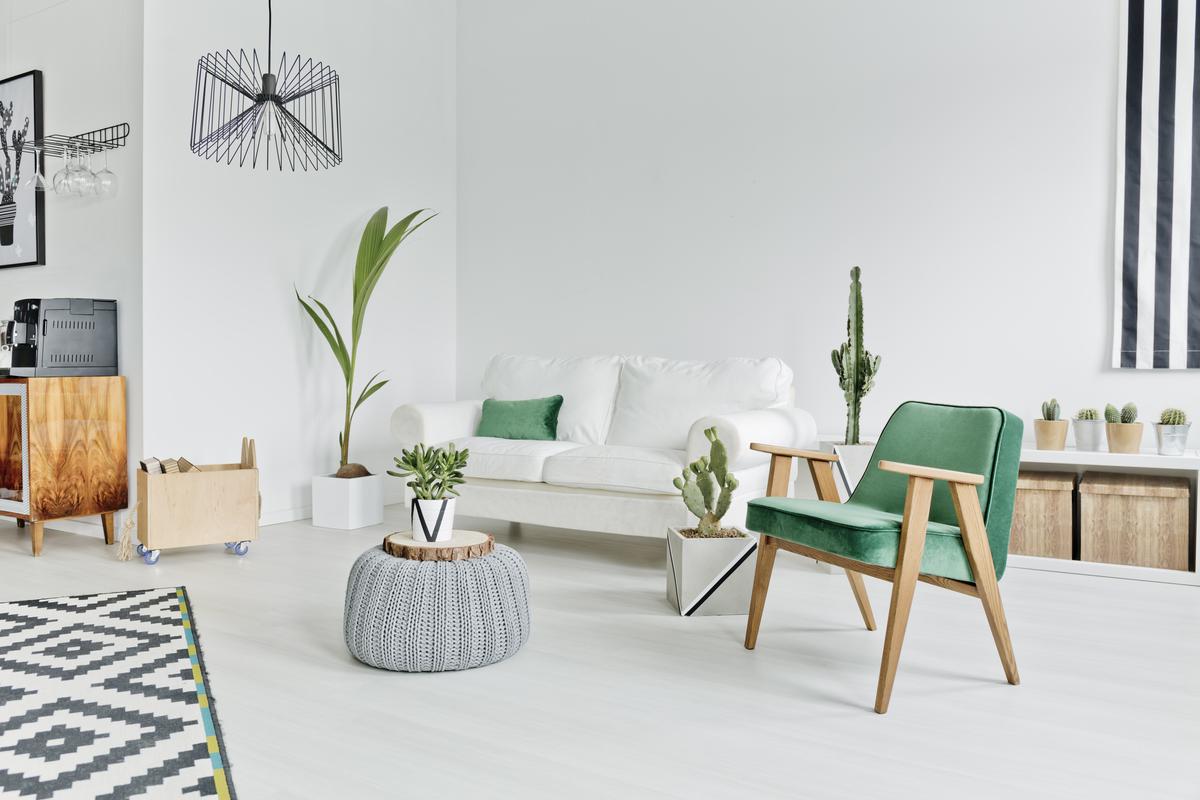
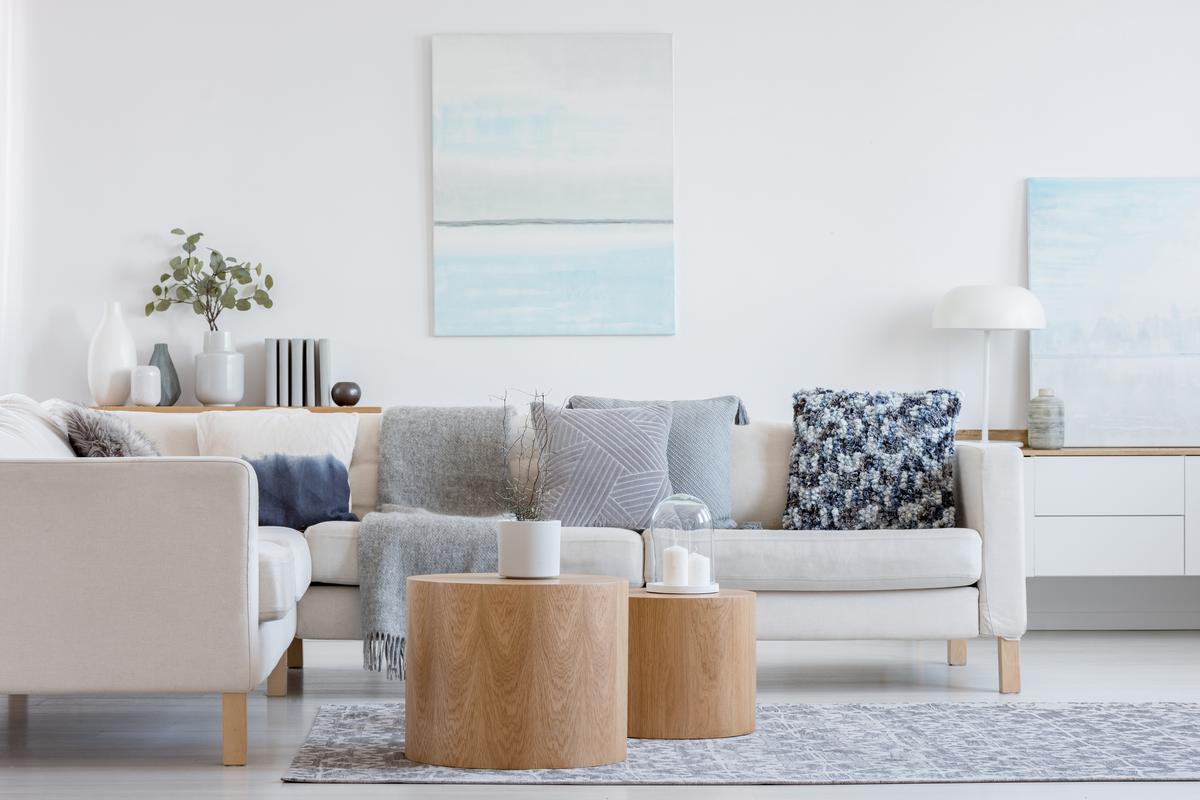
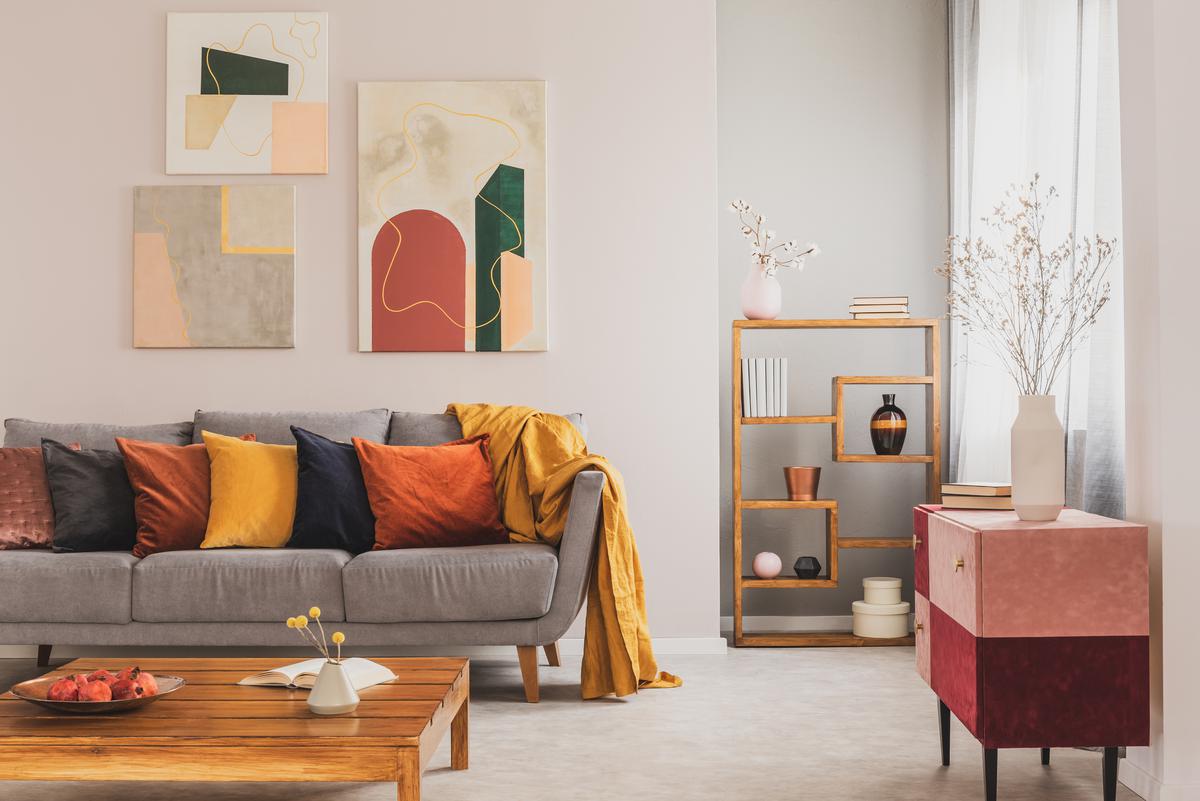
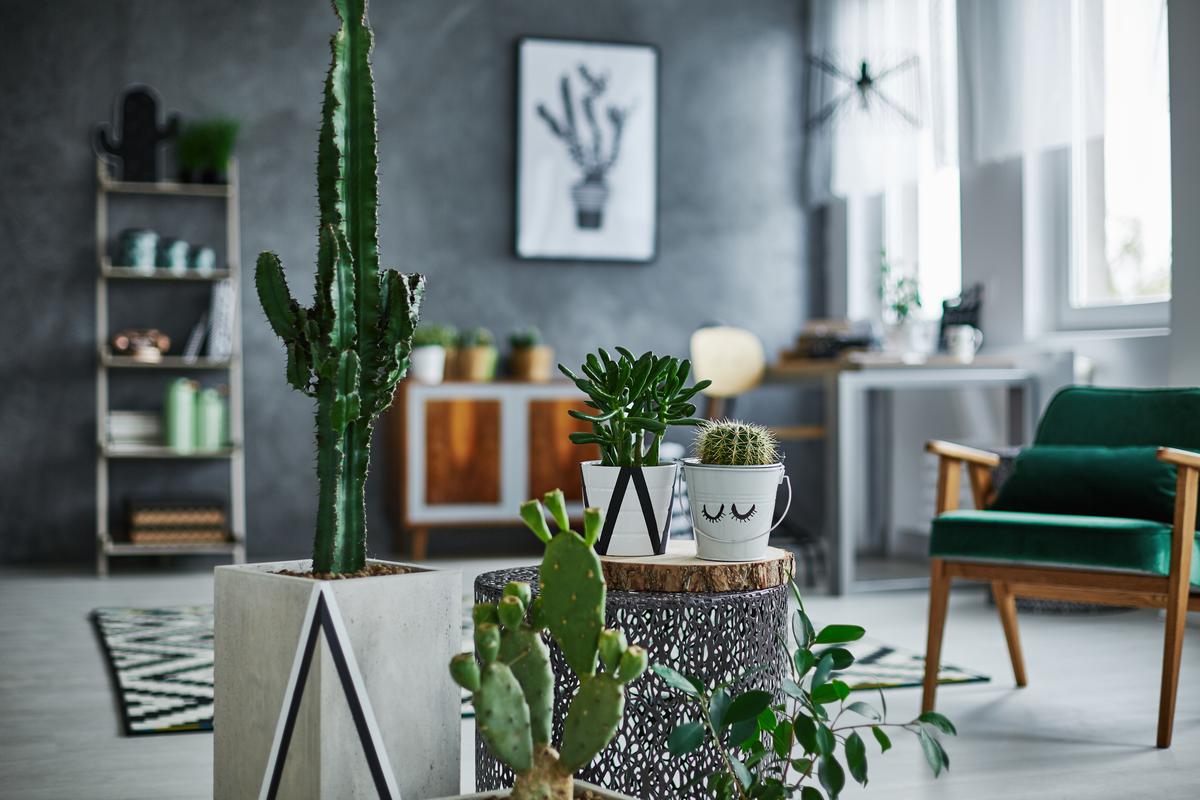




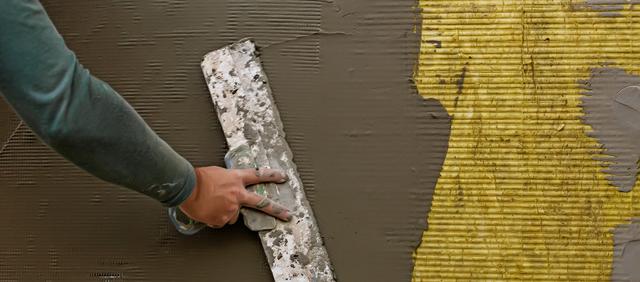
comments